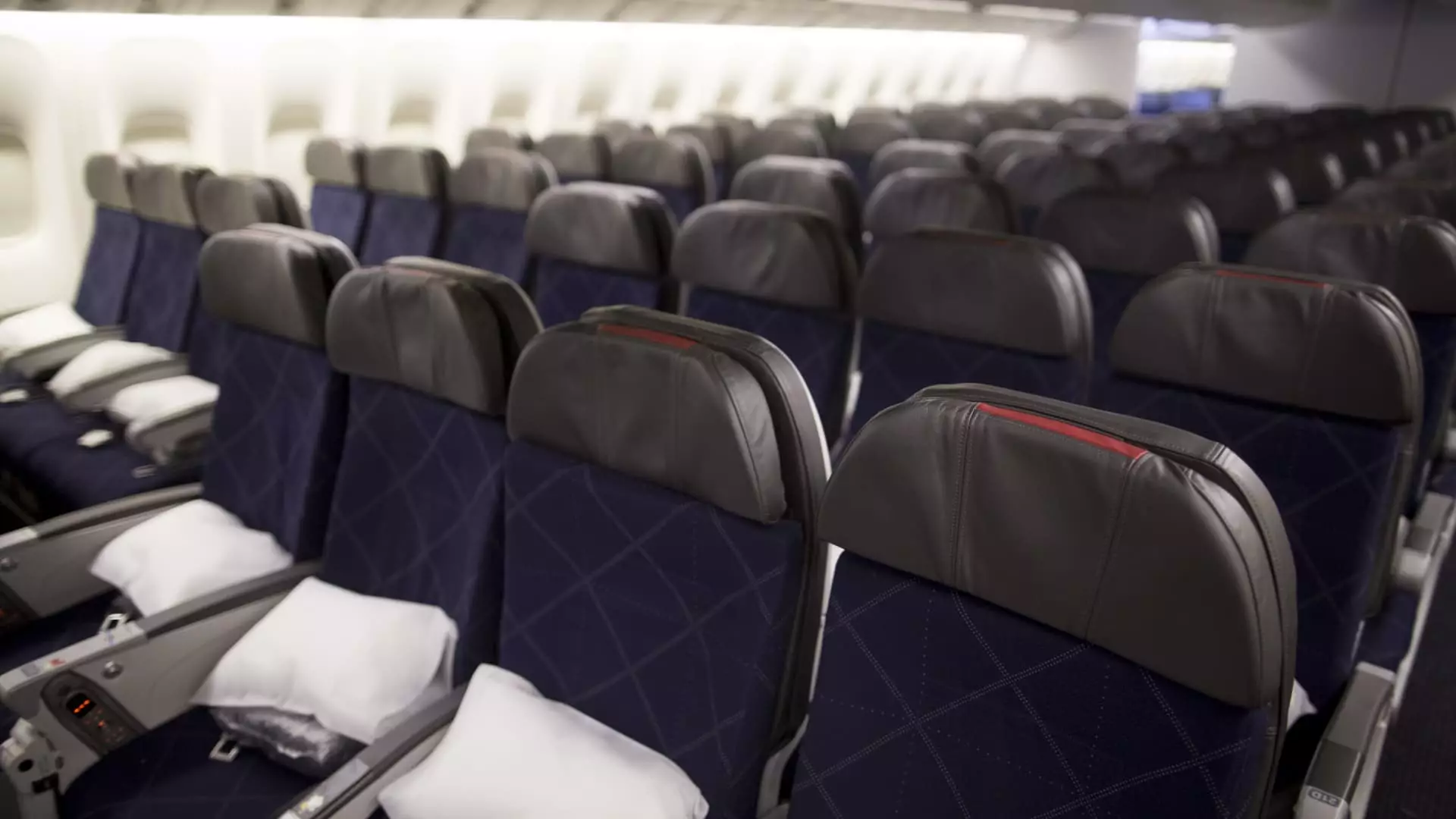In recent years, the landscape of air travel has dramatically shifted, with U.S. airlines increasingly leveraging additional fees as a primary revenue source. A hearing set for Wednesday before a Senate panel highlights this trend, as executives from major airlines—including American, Delta, United, Spirit, and Frontier—prepare to justify their seating fees amidst growing scrutiny. The Senate Permanent Subcommittee on Investigations recently revealed that between 2018 and 2023, these airlines generated a staggering $12.4 billion through seating fees alone, which has raised the question: are these fees justified or merely “junk” charges?
At the heart of the debate is whether these additive fees provide meaningful options for travelers or simply exploit consumer preferences for comfort and convenience. Stephen Johnson, the chief strategy officer of American Airlines, articulates a common defense among airline executives, asserting that “our seat selection products are all voluntary.” This statement implies that consumers have the autonomy to decide whether they want to pay for a better seat. However, this argument may overlook how these fees can compound the overall costs of air travel, especially for families or frequent flyers. The options presented may often feel less like choices and more like necessities to ensure a comfortable and satisfactory flying experience.
The current political discourse emphasizes a push from the Biden administration and certain lawmakers to tackle these so-called “junk” fees, specifically targeting the airline industry. This initiative reflects a growing public sentiment against hidden costs and unclear pricing structures, which can complicate the budgeting process for consumers. Airline executives are caught in a challenging position, as they must navigate between the need to showcase transparency and their incentives to maximize profits through ancillary fees. They defend their pricing structure by highlighting that all fees are clearly communicated, with symbols on fare listings indicating when seat selection or additional services come at an added cost.
The introduction of discounted models by airlines like Spirit and Frontier has effectively altered the competitive landscape, whereby other carriers are compelled to adopt similar fee structures. This has led to a fragmented economy class where basic services, once included in the ticket price, now require additional payments. As a result, what was once a straightforward value proposition for air travel now presents a confusing patchwork of options that can leave consumers feeling frustrated and misled. Furthermore, as seen with Spirit’s recent Chapter 11 bankruptcy filing, economic challenges and changing consumer preferences are forcing airlines to reevaluate their fee-based strategies.
With the impending Senate hearing set to feature testimonies from multiple airline executives, it is pivotal to assess not only the current state of airline fees but also what the future holds for consumers and the industry as a whole. As airlines continue to pursue revenue through innovative—and sometimes controversial—means, the disconnect between consumer expectations and industry practices will likely fuel ongoing debates about fairness and transparency in air travel. Ultimately, as legislative bodies tighten regulations on “junk” fees, the pressure mounts on airlines to rethink their practices to align with consumer interests in a rapidly changing travel environment. The outcome of this scrutiny could redefine air travel economics, influencing both pricing strategies and consumer trust.

